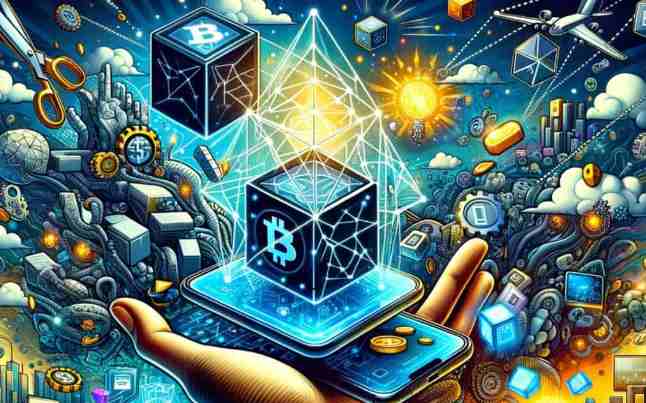The integration of blockchain technology into mobile gaming is not just a possibility – it’s a reality on the horizon. With the undeniable rise of mobile gaming and the transformation of in-game economies, a new era of Web3 is poised to take center stage. This shift will bring a new transaction paradigm, global marketplace expansion, and genuine digital asset ownership, signaling a major overhaul for the gaming industry.
Mobile gaming has seen explosive growth in recent years, becoming a dominant force in the global gaming market. With a valuation of $184.4 billion in 2022, half of that revenue came from mobile games alone. The convenience and immersive experiences offered by mobile gaming have set it apart from traditional platforms, leading the way in innovation.
Critics have been quick to dismiss Web3 gaming as boring, costly, and appealing only to a niche audience. However, advancements in technology have addressed these concerns, with more Web3 games gaining popularity and acceptance among players. With embedded wallets, zero gas blockchains, and instant block times, blockchain technology is seamlessly integrating into the gaming scene.
In-game purchases have become essential components of mobile gaming’s revenue model, driving player engagement and investment. These purchases now offer more than just gameplay advantages – they provide players with digital assets that hold real-world value in a Web3 framework. As in-game economies evolve, the shift towards Web3-based transactions is inevitable.
Blockchain technology enables seamless transactions and marketplace activity within games, allowing players to truly own assets via in-game NFTs. This ownership adds a layer of value to in-game items, incentivizing players to further engage with in-game economies. The fusion of Web3 mobile games represent a revolutionary epoch, redefining the essence of gaming and paving the way for a decentralized future.
